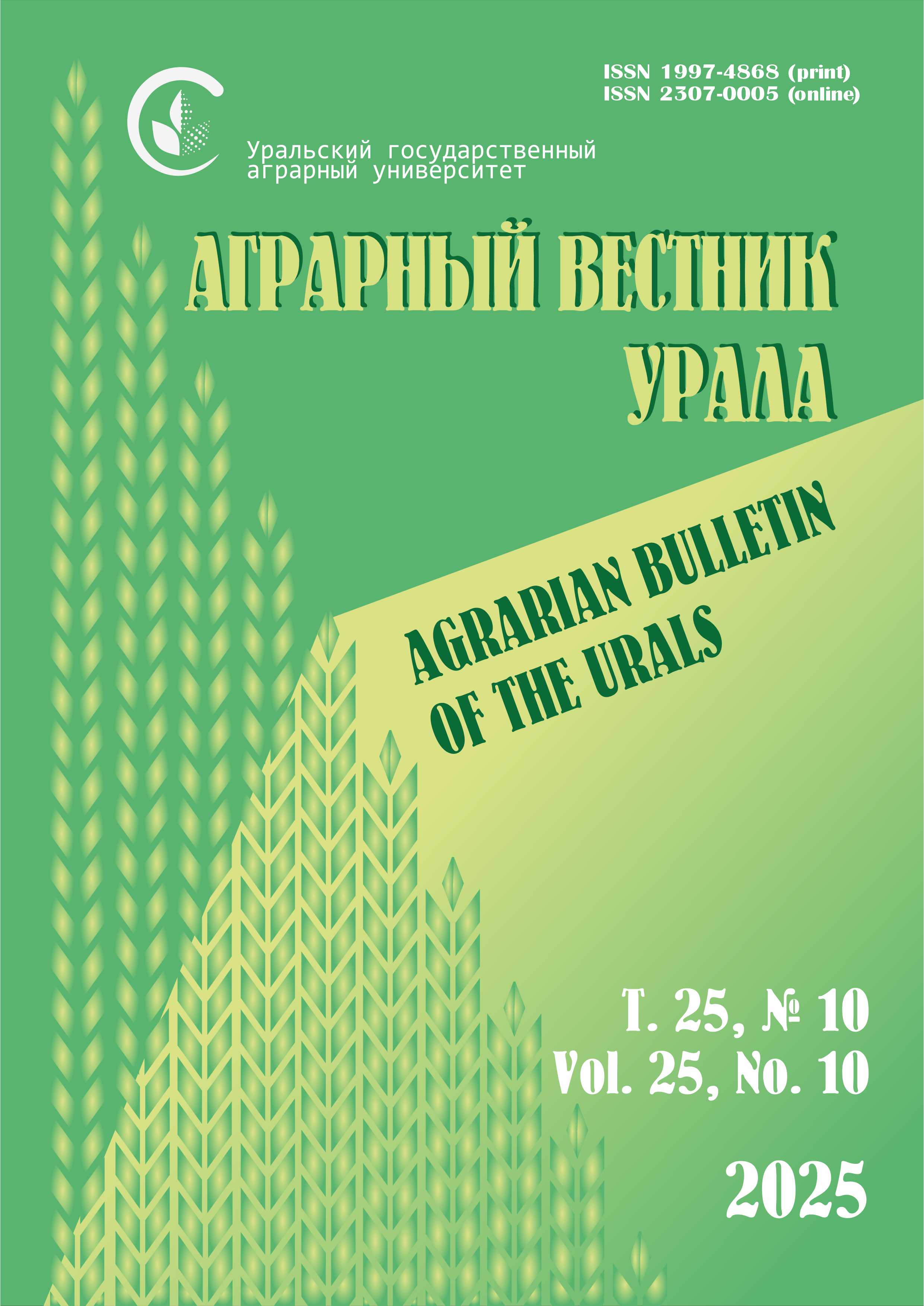Authors:
I. G. STORCHAK, candidate of agricultural sciences, senior researcher,
E. O. SHESTAKOVA, postgraduate student,
F. V. EROSHENKO, doctor of biological sciences, head of department,
North-Caucasian Federal Scientific Agrarian Center (49 Nikonova str., 356241, Mikhailovsk, Stavropol territory; e-mail: This email address is being protected from spambots. You need JavaScript enabled to view it., This email address is being protected from spambots. You need JavaScript enabled to view it., This email address is being protected from spambots. You need JavaScript enabled to view it.).
Abstract. Nowadays, both in Russia and abroad, data from remote sensing of the Earth, including NDVI, was used to assess the productivity of agricultural crops. These data are obtained for large areas, such as the edge, region and region. Unfortunately, in the literature there are few papers devoted to the study of this field of research for individual fields. They are necessary, since they will allow establishing some mechanisms of NDVI interrelation with the physiological state of winter wheat crops. Therefore, the aim of the work was to establish the relationship of yields with NDVI crops for individual fields of winter wheat. Work was carried out in 2015–2017. In the North Caucasian FNAC. The objects of the research were sowing of winter wheat with various elements of cultivation technology (varieties, predecessors, the level of mineral nutrition, timing of sowing and seeding rates). In our experiments, the yield of winter wheat on the predecessor of the pairs averaged 51.3 centner / ha on average, with 34.4 centners per hectare on winter wheat. Improving the conditions of mineral nutrition on the steam precursor contributed to an increase in the yield of winter wheat by 31 %, and on the predecessor winter wheat by 35 %. The study of the influence of the sowing time on the yield of winter wheat showed that, on average, for varieties in 2015–2017, The highest yield was formed at the optimal sowing time ‒ 46.4 c / ha. Elements of cultivation technology, such as variety, precursor, mineral nutrition, timing and seeding rates, have a great influence on the optical and biological properties of winter wheat crops. The relationship between yield and vegetation index NDVI is estimated by a correlation coefficient of 0.62. Although such a relationship is significant for the conditions of the conducted experiment, it is nevertheless less tight than in the case of the average values of such territories as the area, soil and climatic zone and the region (or region) as a whole, which is described in the literature. From our point of view, this is due to the manifestation of technological features of crops.
Keywords: winter wheat, variety, predecessor, level of mineral nutrition, timing of sowing, seeding rates, vegetative index, NDVI.
Download the full text of the article.












